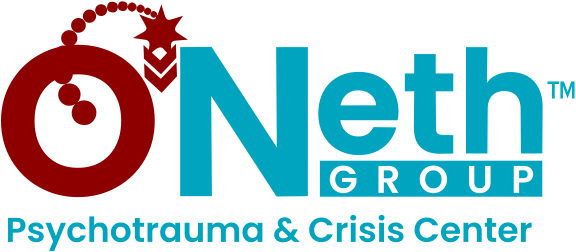Overview Of PTSD
What is Trauma & PTSD?
Trauma is an emotional response to a terrifying event. Whereas, Post-traumatic stress disorder (PTSD) is a combination of behavioral, physical, and psychological symptoms that may develop in people who have experienced or witnessed a traumatic event such as natural disaster, serious accident, terrorist incident, sudden death of a loved one, war, violent personal assault such as rape, or other life-threatening events.
Who Gets PTSD?
PTSD can occur in anyone at any age who has experienced a traumatic event that threatens death or violence. However, victims of relational trauma (domestic violence, abuse, rape childhood abuse, or repeated abuse or assault) are at greater risk for developing PTSD. However, not everyone who experience a traumatic event will develop PTSD
How Common Is PTSD?
Approximately 5.2 million people suffer from PTSD during the course of a year, and an estimated 7.8 million Americans will experience PTSD at some point in their lives. Women are more likely to develop PTSD than are men.
What are the symptoms of PTSD?
PTSD symptoms usually manifest within 3 months of the traumatic event, but in some cases they may appear later. Some people recover within six months, while others suffer much longer.
Symptoms of PTSD often are grouped into four main categories, including:
- Reliving: People with PTSD repeatedly relive the ordeal through thoughts and memories of the trauma. These may include flashbacks, hallucinations, and nightmares. They also may feel great distress when certain things remind them of the trauma, such as the anniversary date of the event.
- Avoiding: The person may avoid people, places, thoughts, or situations that may remind him or her of the trauma. This can lead to feelings of detachment and isolation from family and friends, as well as a loss of interest in activities that the person once enjoyed.
- Increased arousal: These include excessive emotions; problems relating to others, including feeling or showing affection; difficulty falling or staying asleep; irritability; outbursts of anger; difficulty concentrating; and being “jumpy” or easily startled. The person may also suffer physical symptoms, such as increased blood pressure and heart rate, rapid breathing, muscle tension, nausea, and diarrhea.
- Negative Cognitions and Mood: This refers to thoughts and feelings related to blame, estrangement, and memories of the traumatic event.
How Is PTSD Diagnosed?
PTSD is diagnosed if the person has symptoms of PTSD that last for more than one month after the traumatic event has occurred. Psychological assessments are used to assess the symptoms experienced by the survivor.
What Is the Prognosis of PTSD?
The prognosis for PTSD depends upon the severity and length of time a person has suffered from the disorder. Recovery from PTSD is a gradual and ongoing process. Treatment can lead to fewer and less intense symptoms, as well as a greater ability to cope by managing feelings related to the trauma.
There are significant risks to a person with PTSD if they do not receive treatment.
How Is PTSD Treated?
Treatment for PTSD may involve psychotherapy (a type of counseling), medication, or both
The most common medications used to treat the symptoms of PTSD are antidepressant and selective serotonin re-uptake inhibitors (SSRIs).
Psychotherapy for PTSD involves equipping the survivor and their support system with the skills and tools needed to work through the effects of the traumatic event. A variety of psychotherapy approaches are used to treat people with PTSD, including:
- Cognitive behavioral therapy, which involves learning to recognize and change thought patterns that lead to troublesome emotions, feelings, and behavior.
- Exposure therapy, a type of cognitive behavioral therapy that involves having the person re-live the traumatic experience, or exposing the person to objects or situations that cause anxiety. Exposure therapy helps the person confront the fear and gradually become more comfortable with situations that are frightening and cause anxiety.
- Psychodynamic therapy focuses on helping the person examine personal values and the emotional conflicts caused by the traumatic event.
- Family therapy may be useful because the behavior of the person with PTSD can have an affect on other family members.
- Group therapy may be helpful by allowing the person to share thoughts, fears, and feelings with other people who have experienced traumatic events.
- Eye Movement Desensitization and Reprocessing (EMDR) is a complex form of psychotherapy that was initially designed to alleviate distress associated with traumatic memories and is now also used to treat phobias.
